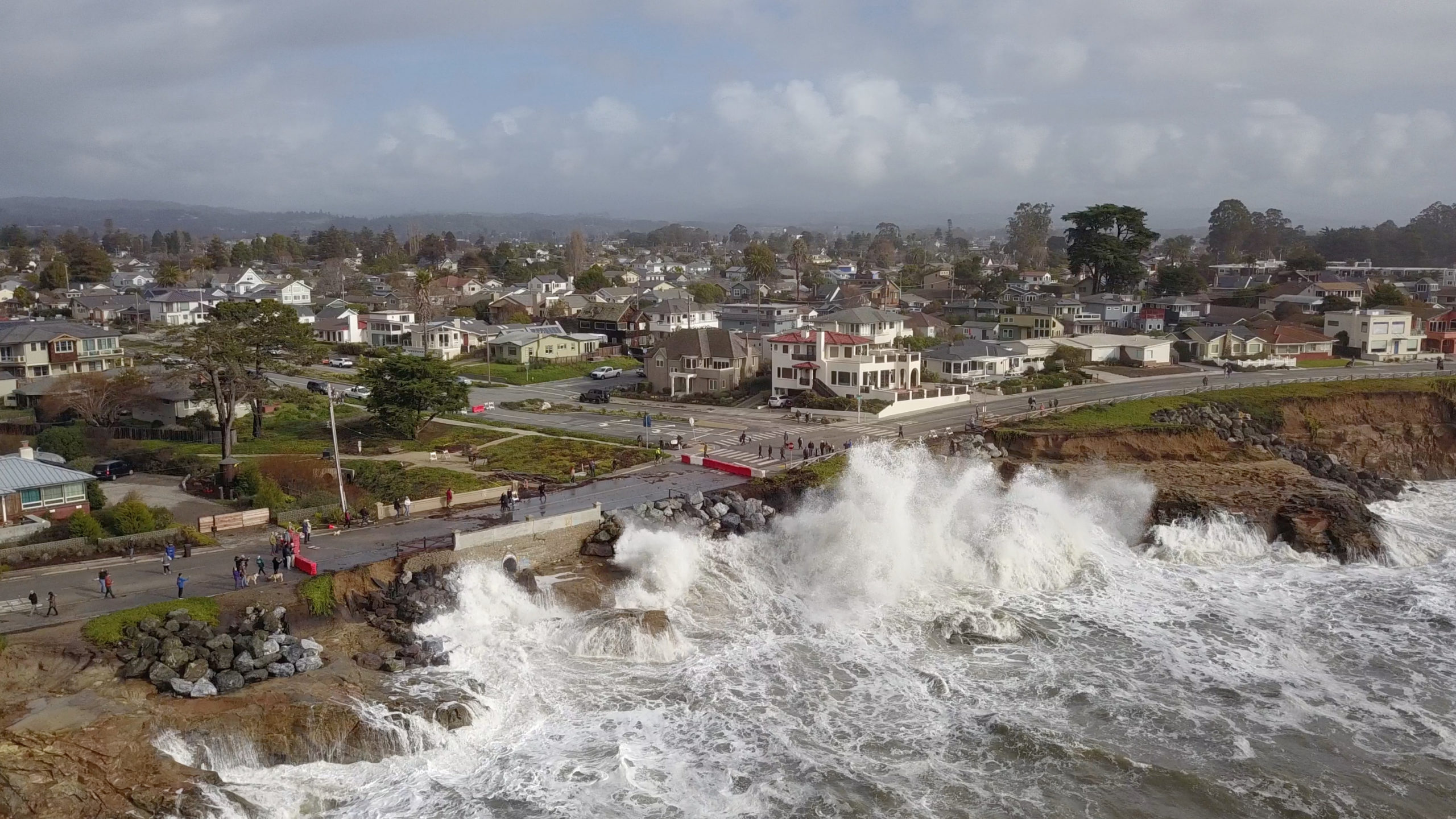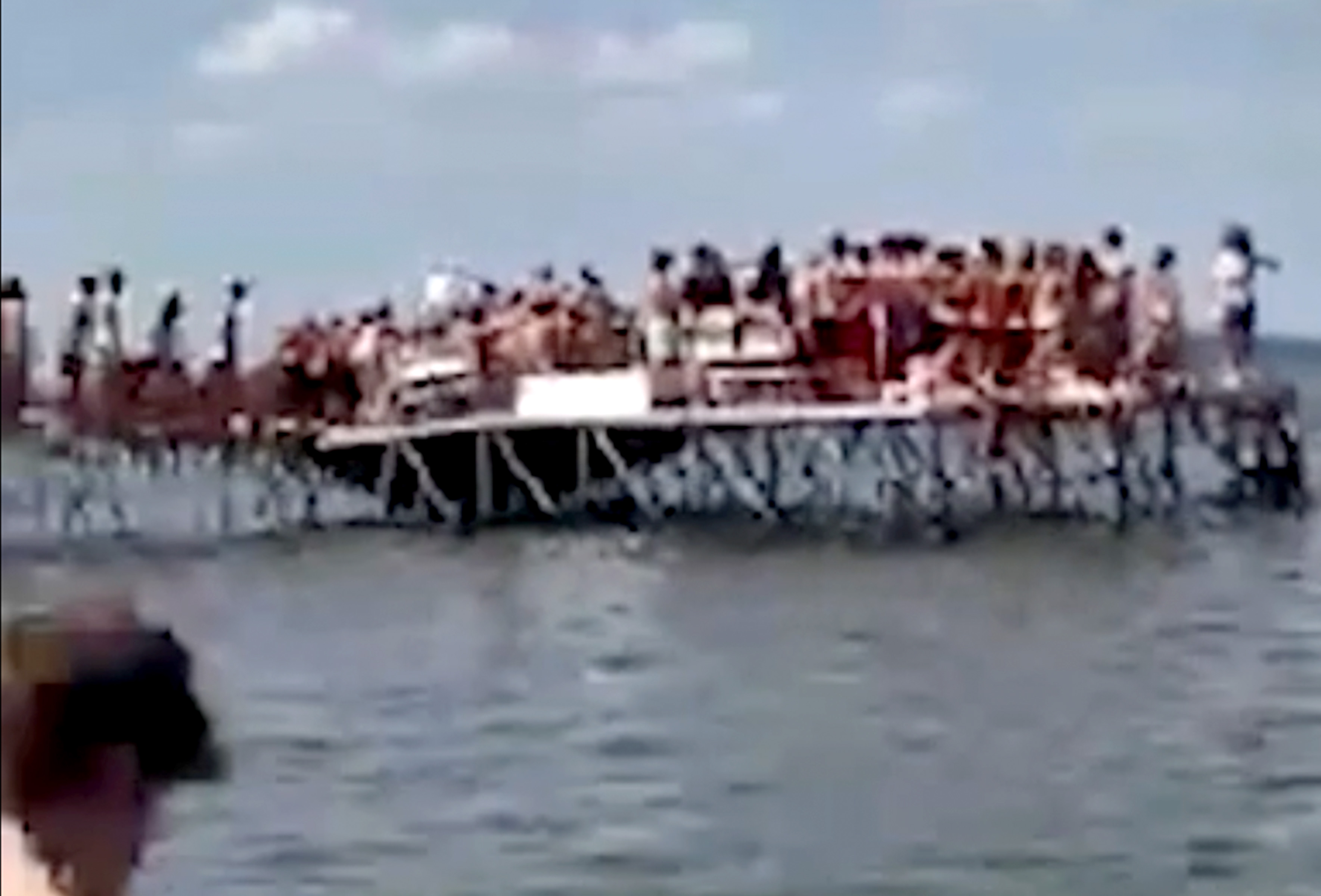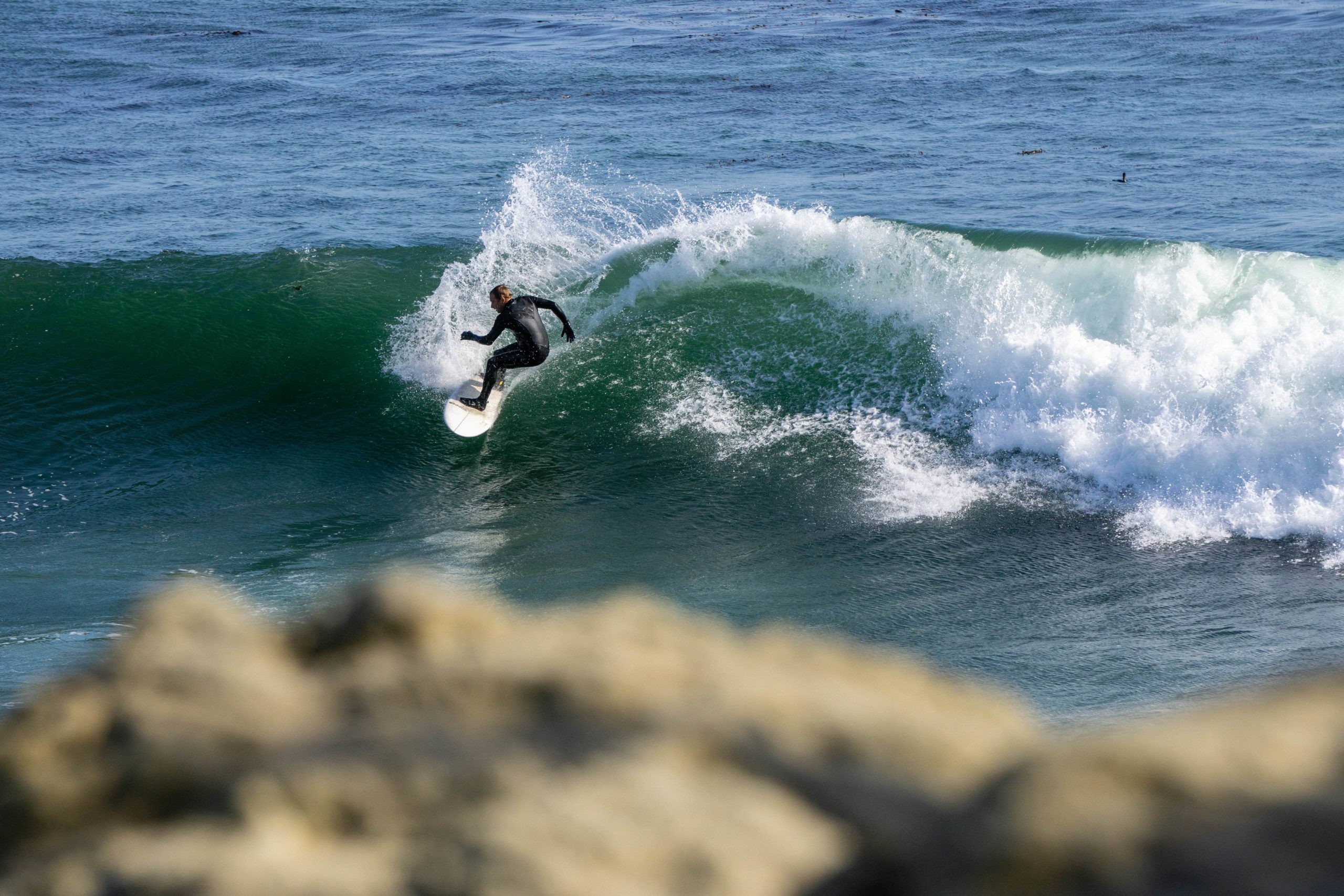Heavy Surf Causes Santa Cruz Pier Collapse: What You Need To Know
Introduction
The Santa Cruz Pier, an iconic California landmark, has stood as a testament to coastal resilience for over a century. However, on January 5, 2023, relentless and powerful waves ravaged the pier, causing a catastrophic collapse. This essay seeks to critically examine the complexities surrounding this event, exploring the underlying causes, societal impacts, and lessons learned.
The Incident and Its Immediate Aftermath
On the fateful night of January 5, a violent storm surged through the Monterey Bay, unleashing colossal waves that pounded the Santa Cruz coastline. As the storm intensified, waves estimated to reach heights of 20-30 feet relentlessly battered the pier, gradually weakening its wooden pilings. The combination of high tides and strong winds exacerbated the situation, creating an unstoppable force that ultimately led to the collapse of the pier's middle section.
In the aftermath of the collapse, the Santa Cruz community was left in shock and disbelief. The once-vibrant pier, a beloved gathering place for locals and tourists alike, was now a shattered symbol of the destructive power of nature. Fortunately, no one was injured in the incident, as the pier was largely empty due to the late hour and stormy conditions.
The Underlying Causes of the Collapse
The collapse of the Santa Cruz Pier was not solely attributable to the immediate storm event. Rather, it was the culmination of several underlying factors that contributed to its vulnerability.
Societal Impacts of the Collapse
The collapse of the Santa Cruz Pier had far-reaching societal impacts that extended beyond the immediate damage to the structure itself.
Lessons Learned and Future Mitigation Strategies
The collapse of the Santa Cruz Pier serves as a sobering reminder of the vulnerabilities coastal infrastructure faces in the face of increasingly frequent and intense storms. It highlights the need for comprehensive mitigation strategies to protect coastal communities from future disasters.
Conclusion
The collapse of the Santa Cruz Pier was a multifaceted event that resulted from a combination of structural vulnerabilities, coastal erosion, and the relentless forces of nature. It has had significant societal and environmental impacts, highlighting the urgent need for comprehensive mitigation strategies to safeguard coastal communities in the face of climate-induced threats. By embracing innovative engineering solutions, investing in coastal restoration, and implementing early warning systems, we can build more resilient coastal communities that can withstand the challenges of the future. The lessons learned from the Santa Cruz Pier collapse will serve as a vital guide as we navigate the increasingly unpredictable and dangerous coastal environment of the 21st century.
Michigan Lands Transfer Portal QB Mikey Keene
Nosferatu Review: Resurrecting The Monster Movie With Gothic Faithfulness
Doncic Nets 27 In 'OK' Return, Mavs Beat Blazers



